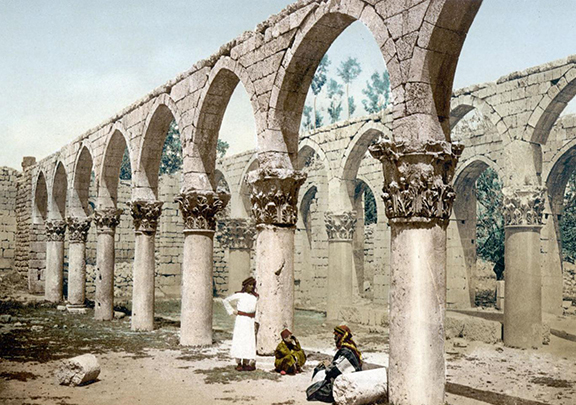
Ruins of the Great Palace in Anjar, Lebanon. (Source: Alamy)
LONDON (The Independent) ”” The Armenian town of Anjar in Lebanon is part of an EU-funded project aimed at highlighting the history of the Umayyad dynasty via an ambitious tourism trail around the Mediterranean basin linking three continents.
At its peak in the eighth century, it was the largest empire in the world, linking East and West and giving rise to a rich heritage of art, architecture, literature and science.
But even in its native countries, the legacy of the Umayyad dynasty has fallen largely into obscurity. Now, a new EU-funded project aims to highlight the shared history via an ambitious tourism trail around the Mediterranean basin linking three continents.
It is a bold concept for a tourism initiative at a time when relations between East and West are strained by terrorism, a refugee crisis and Islamophobia. The Umayyads are historically known as aggressive expansionists, but the project seeks to examine a lesser acknowledged by-product: the opening of new channels of communication between different cultures. Linking Lebanon, Jordan, Egypt, Tunisia, Italy, Spain and Portugal, the trail will cost more than €4m to develop.
“This route seeks to publicize the profound human, cultural, artistic and scientific relationship between East and West,”